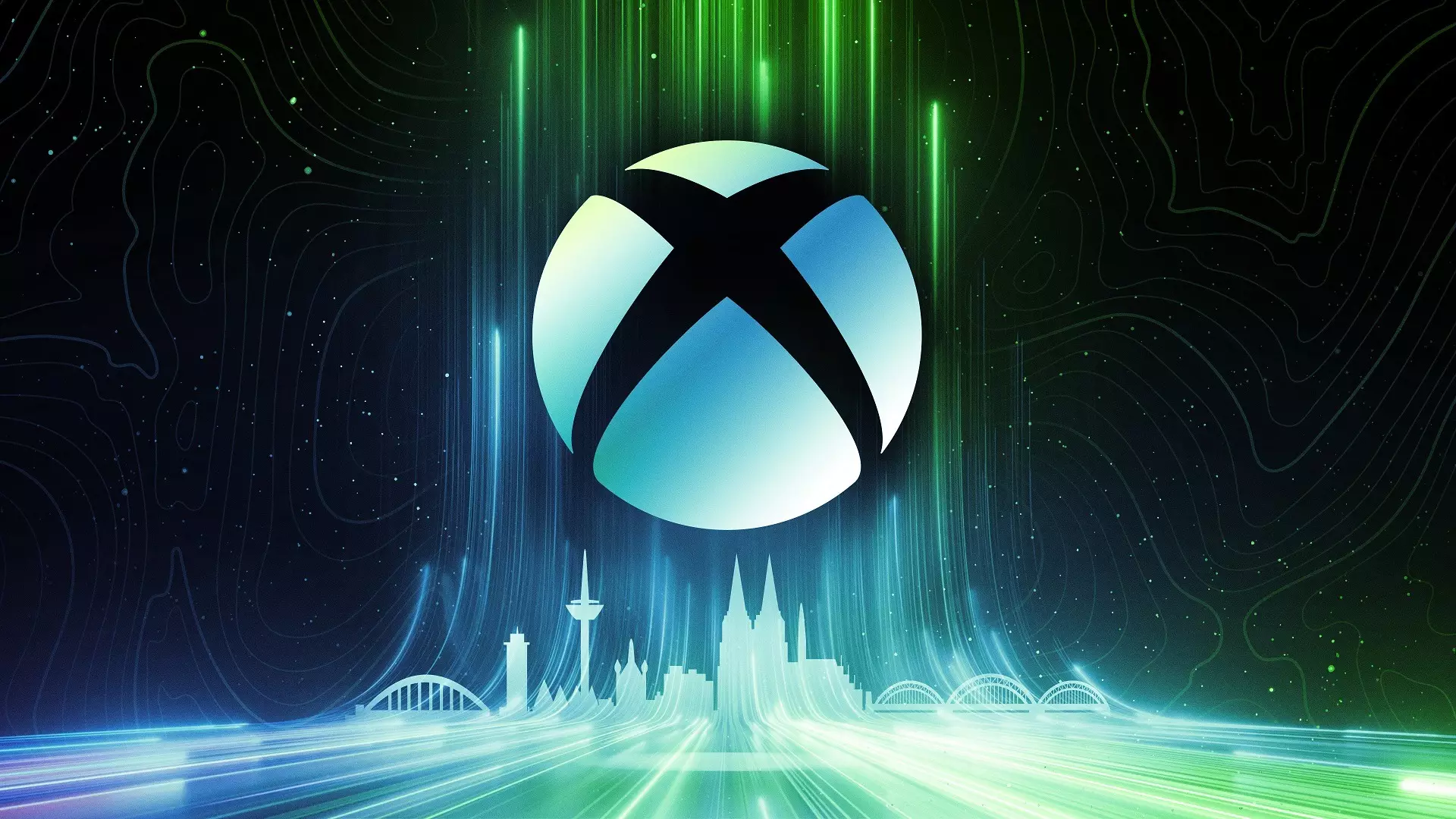In a bold move reflecting the changing dynamics of the gaming market, Microsoft has officially announced an increase in the prices of its Xbox Series X and Series S consoles, alongside a slew of accessories and new game releases. The company’s rationale centers around “market conditions and the rising cost of development,” encapsulating a larger trend in the gaming industry that threatens to reshape the accessibility of video games. This shift feels like an unnecessary burden on gamers, especially in an era where leisure expenses must be carefully scrutinized.
The price surge is not merely a matter of a couple of added dollars; in some regions, the Xbox Series X console has seen an eye-watering price increase of approximately AUD $150. Such escalations in cost come during an inflationary period where consumers are already grappling with increased expenses in various facets of life, from groceries to energy bills. For gamers, this could serve as a significant deterrent—a shrinkage of the once-friendly gaming landscape into an arena where play becomes a luxury rather than a pastime.
The Influence of Tariffs and Market Dynamics
It’s worth delving deeper into the external market influences at play here. The evolving tariff situation in the United States adds an unmistakable urgency to these price increases. This is not merely a strategic decision by Microsoft; it’s a direct response to a complicated web of international trade practices, fluctuating production costs, and consumer price sensitivity. Gamers, accustomed to relatively stable pricing, now face a future where console prices are subject to rapid changes influenced by governmental policies and economic forecasts.
Moreover, while Microsoft has sought to mitigate to some extent the impact of rising game pricing through subscriptions like Xbox Game Pass, these increases threaten to alienate casual players and newcomers. With the forthcoming Xbox first-party titles likely priced around USD $79.99—USD $125 in Australia—one must question whether future generations will find solace in a gaming culture that increasingly leans toward affordability only for those willing to invest heavily.
The Ripple Effect on the Gaming Experience
The ramifications extend far beyond the console itself. As gamers gear up for the impending releases of blockbuster titles—such as the highly anticipated GTA 6—there’s an unspoken concern that these price hikes will ripple through the entire industry. The expectation for new games being priced at USD $79.99 sets a precedent that other publishers may well follow suit, further inflating an already sky-high cost barrier.
Even for avid fans undeterred by price changes, the cost of entry poses a barrier to newcomers. Video gaming has long been lauded as an inclusive community, but rising costs could fracture this ideal and limit participation to those with substantial disposable income. It’s a troubling development for an industry that thrives on diversity, creativity, and innovation, as a less diverse gaming audience may stifle new ideas and narratives.
Price Hiking Accessories and the Casual Gamer
The price raises extend to accessories as well, with controllers witnessing significant increases that force even veteran gamers to reevaluate their purchasing decisions. For instance, an Xbox Wireless Controller, priced at $89.95, has now jumped to an astonishing $99.95. The Special Edition controllers have seen similar spikes, suggesting an unsettling trend—accessories are slowly becoming a luxury many cannot afford.
With casual gaming likely to shrink considerably, those using the Xbox platforms primarily for social interaction and entertainment may reconsider their choices. Gaming, once viewed as a reasonably inclusive hobby, risks transforming into a gated experience reserved exclusively for enthusiasts willing to commit substantial financial resources.
It’s crucial for industry stakeholders to recognize the potential pitfalls of such price increases. While addressing market conditions might be necessary, the long-term effects on consumer behavior and engagement could be dire. Gamers are resilient but they are also discerning; they will not hesitate to seek alternatives if the perceived value of gaming wanes in light of these creeping costs.
The implications of this price surge are serious and should not be dismissed lightly. As the industry grapples with these price hikes, it becomes essential to question not just the affordability of gaming, but its very ethos and future landscape.


Leave a Reply